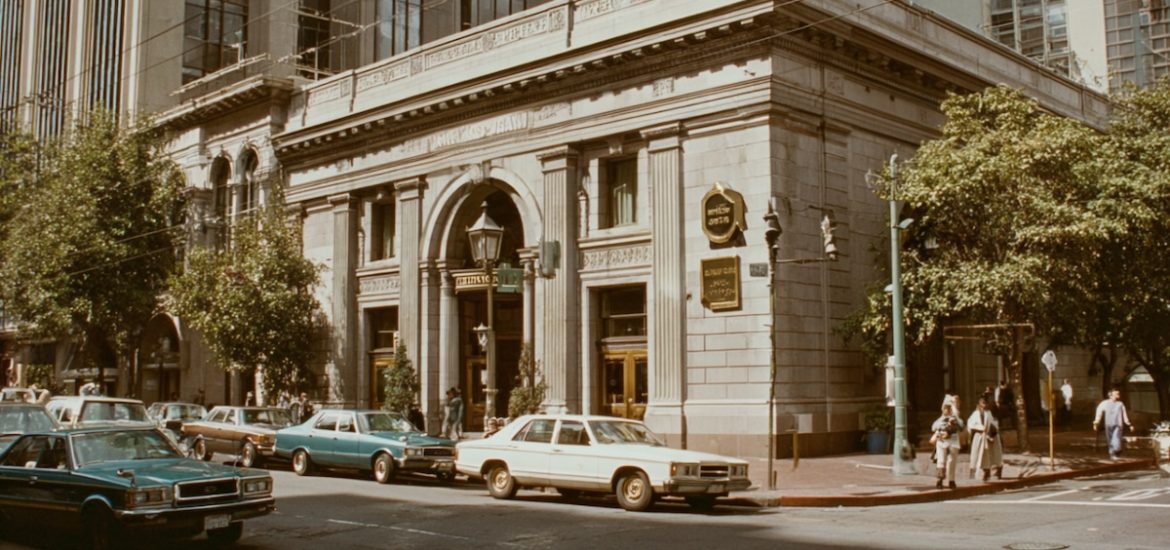Image created with AI
In the 1980s, Los Angeles became America’s bank robbery capital. Using this as an example, Malcolm Gladwell explores why certain harmful trends seem to explode in one city but barely register anywhere else.
Just like some people are biological superspreaders who unknowingly infect many others, certain individuals can trigger waves of copycat behavior that reshape entire communities. The story of the L.A. bank robbery craze reveals the surprising power these social superspreaders wield—and why their influence often stays surprisingly local.
Table of Contents
Societal Superspreaders
In Revenge of the Tipping Point, Malcolm Gladwell identifies three major factors that lead to social “epidemics” and provides case studies highlighting each. One factor comes directly from epidemiology—superspreaders: people who, by quirks of biology or environment, are disproportionately effective at spreading contagions to others. Gladwell points to the historic epidemic of bank robberies in Los Angeles as an example.
(Shortform note: The term “superspreader” was first used in 1972 as a reference to variables in computer simulations of flu epidemics, though the meaning later grew to include individuals with a higher likelihood to trigger disease outbreaks, whether due to biology (Gladwell’s definition), social connections, or mere bad luck. The concept came into popular use during the Covid-19 outbreak, but some doctors argue that the prototypical superspreader in the public consciousness—“Typhoid Mary” Mallon—wasn’t an actual superspreader at all. Mallon carried the bacteria that causes Typhoid. But, though she unknowingly infected dozens of people, she was never the cause of a Typhoid outbreak, one of the key superspreader characteristics.)
Of course, spreading illness to others is never these people’s intent; it just happens. However, in studies of biological diseases, it’s been shown that not every infected person infects others at the same rate. Some don’t pass on their illnesses at all, whereas outliers at the other end of the spectrum can inadvertently affect a comparatively high percentage of the people they come in contact with.
Case Study: The Los Angeles Bank Robberies
The connection Gladwell makes to the spread of societal diseases is this: Harmful trends in society can often be traced to a handful of bad actors with a disproportionate impact on other people’s behavior. To illustrate this, Gladwell describes an “epidemic” of bank robberies that began during the 1980s in Los Angeles. The number of actual bank robbers was few. But, once a handful of them were successful (and word of their success spread throughout the local press), other criminal elements in the city latched on to the idea of robbing banks as being lucrative. As a result, for the better part of two decades, Los Angeles led the nation in bank robberies per capita by a significant margin.
(Shortform note: The spike in bank robberies Gladwell writes about wasn’t the first such trend. The first significant wave of bank robberies in the US took place during the “Wild West” era, starting in the late 1860s after the American Civil War. The next notable phase occurred during the 1920s and ’30s, coinciding with the Prohibition era, the Great Depression, and the beginnings of the Federal Bureau of Investigation. As Gladwell notes in the 1980s outbreak, during each of these earlier crime waves, the robbers themselves were few enough that they often became infamous celebrities, such as Butch Cassidy, John Dillinger, and the bank-robbing duo of Bonnie Parker and Clyde Barrow.)
What Gladwell finds curious is that the 1980s’ robbery craze remained confined to Los Angeles—no other US metro area saw a similar uptick in bank attacks. From this, he concludes that though superspreaders have an oversized impact, their reach is limited. Even in the earlier example of Miami’s rampant insurance fraud, the unusually high rate of that particular crime remained localized to southern Florida. This regional variation in how social problems spread, perhaps defined by differences in each community’s overarching narrative, can create a useful buffer to keep similar problematic issues from spreading.
(Shortform note: In addition to affecting the spread of social issues, the regional variations Gladwell points to can also impact the solutions to such problems. For instance, in Nudge, Richard H. Thaler and Cass R. Sunstein explore various ways of framing issues to gently “nudge” society in a positive direction. However, research now suggests that the regional differences Gladwell highlights can greatly alter how effective societal “nudges” are in any given area and must be taken into account when attempting to change society for the better.)
Learn More About Societal Epidemics
To better understand the Los Angeles bank robbery craze in its broader societal context, check out our guide to Revenge of the Tipping Point.
